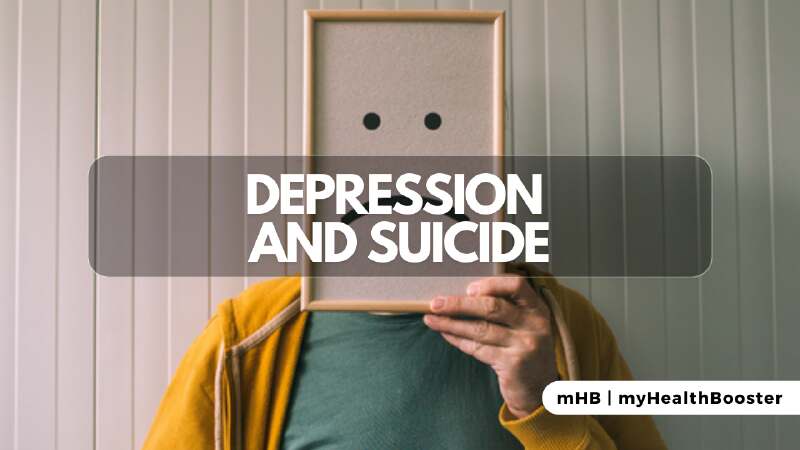Introduction
Depression, particularly among individuals aged 18–39, stands as a significant precursor to suicide, highlighting the urgent need for a comprehensive understanding and proactive intervention. This article aims to delve into the roots of this widespread psychological ailment, exploring its nature, physiological aspects, and the crucial distinction between sadness and clinical depression.
Defining Depression
Depression manifests as a pervasive mood disorder, enveloping individuals in profound sadness and sorrow that permeates various aspects of their lives. Ranging from feelings of melancholia to a broader syndrome affecting occupational, social, and educational spheres, depression is often influenced by familial and environmental factors alongside genetic predispositions.
Men and women exhibit varied responses to depressogenic stressors, with men more prone to depressive episodes following divorce and work-related challenges, while women respond intensely to issues within their social networks.
Physiological Underpinnings of Depression
The brain’s intricate neural pathways, guided by neurotransmitters like serotonin, norepinephrine, dopamine, glutamate, and GABA, play a pivotal role in managing impulses and emotions. Disruptions in these pathways, coupled with imbalances in stress hormones and neurocircuitry, contribute to the development of depression. Organic evidence suggests a link between depression and a smaller hippocampus, characterized by reduced nerve growth and synaptic formation.
While antidepressants work towards regularizing neuronal growth patterns, the onset of their effects may take weeks. During major depressive episodes, individuals lose the ability to perceive positive stimuli, succumbing to persistent mental and physical anguish.
Distinguishing Between Sadness and Depression
Recognizing depression necessitates vigilance and awareness of key indicators. While a conclusive diagnosis involves input from medical professionals, the following signs may indicate depression:
- Persistent Sadness: A constant state of sorrow.
- Negative Self-Talk: Expressing feelings of hopelessness, insignificance, or remorse.
- Substance Abuse: Involvement with alcohol or drugs.
- Loss of Interest: Abandoning previously enjoyed activities.
- Physical Symptoms: Anorexia, weight loss, fatigue, and sleep disturbances.
- Hopelessness and Worthlessness: A pervasive sense of despair and low self-worth.
- Suicidal Thoughts: Contemplating death as a relief from suffering.
The Role of Observers in Prevention
Depression is treatable through medication and psychotherapy, yet societal stigma often hinders acknowledgment and communication about mental health. Observing subtle signs and extending support becomes crucial. Suicide is preventable, making it our collective responsibility to foster a culture of empathy and understanding in homes, workplaces, schools, and communities.
In conclusion, by demystifying depression, recognizing its signs, and promoting a supportive environment, we can actively contribute to suicide prevention and the well-being of those silently grappling with this formidable adversary.
